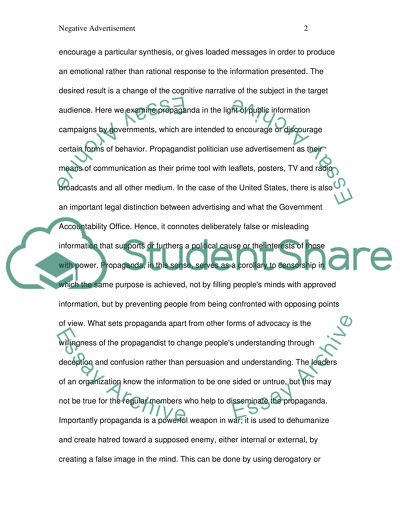Cite this document
(“Negative advertisement when it works Essay Example | Topics and Well Written Essays - 2250 words”, n.d.)
Retrieved from https://studentshare.org/media/1507838-negative-advertisement-when-it-works
Retrieved from https://studentshare.org/media/1507838-negative-advertisement-when-it-works
(Negative Advertisement When It Works Essay Example | Topics and Well Written Essays - 2250 Words)
https://studentshare.org/media/1507838-negative-advertisement-when-it-works.
https://studentshare.org/media/1507838-negative-advertisement-when-it-works.
“Negative Advertisement When It Works Essay Example | Topics and Well Written Essays - 2250 Words”, n.d. https://studentshare.org/media/1507838-negative-advertisement-when-it-works.


